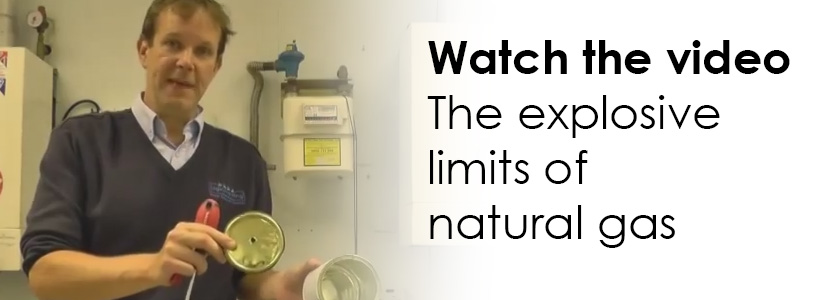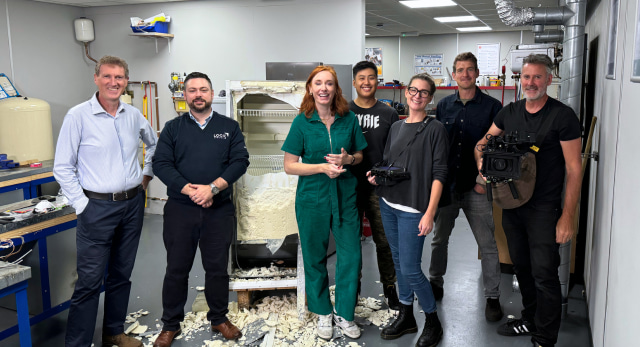Here is an entertaining example of the effect of the composition of an inflammable gas and air (Oxygen) with (sort of) explosive results.
Before combustion can occur, three conditions must be met simultaneously. A fuel (ie. flammable gas) and air must exist in certain proportions, along with an ignition source, such as a spark or flame. The ratio of gas and oxygen that is required for combustion varies with each type of gas.
The minimum concentration of a particular gas necessary to support its combustion in air is defined as the Lower Explosive Limit (LEL). Below this level, the mixture is too “lean” to burn. The maximum concentration of a gas or vapour that will cause an explosion is defined as the Upper Explosive Limit (UEL). Above this level, the mixture will burn, providing oxygen is available, until the concentration reduces to the upper explosive limit. At this point the remaining gas or vapour will ignite, causing an explosion. The range between the LEL and UEL is known as the flammable range for that gas.
DO NOT TRY THIS AT HOME. The demonstration was carried out in the safety of our workshop in Northolt.
This demonstration is used as an example of what can happen in a domestic gas explosion. When the mixture of natural gas and air reaches the correct composition (between 5% and 15% gas) any spark or flame is enough to create a violent gas explosion.










